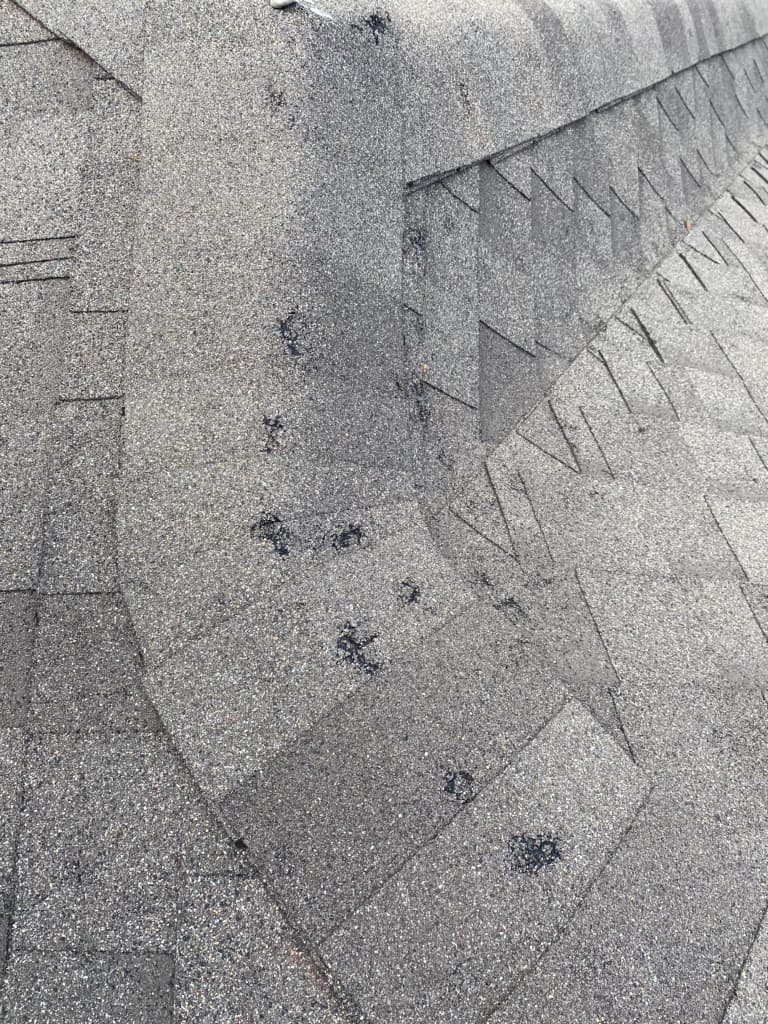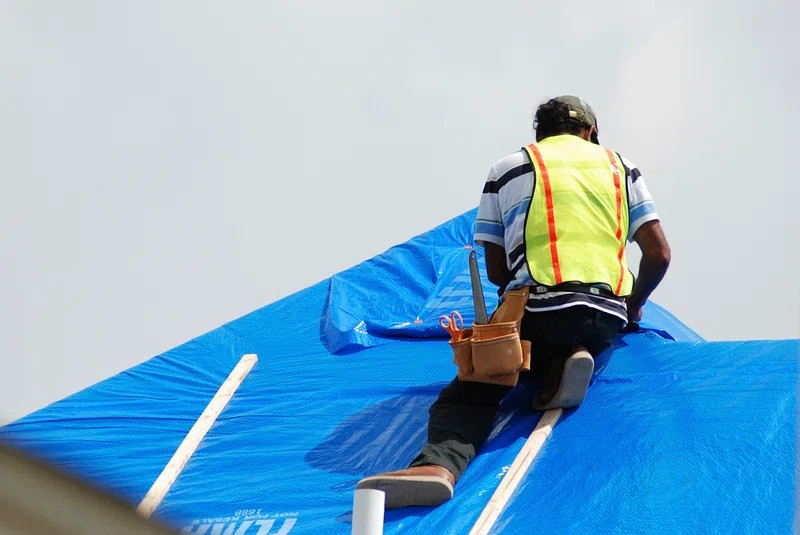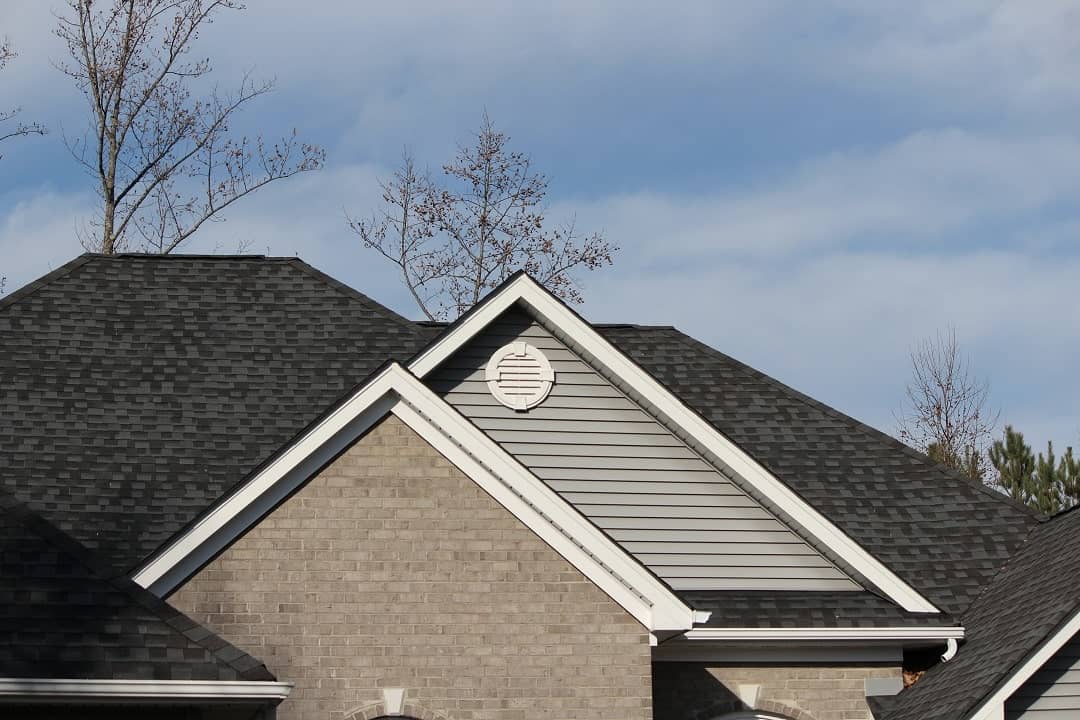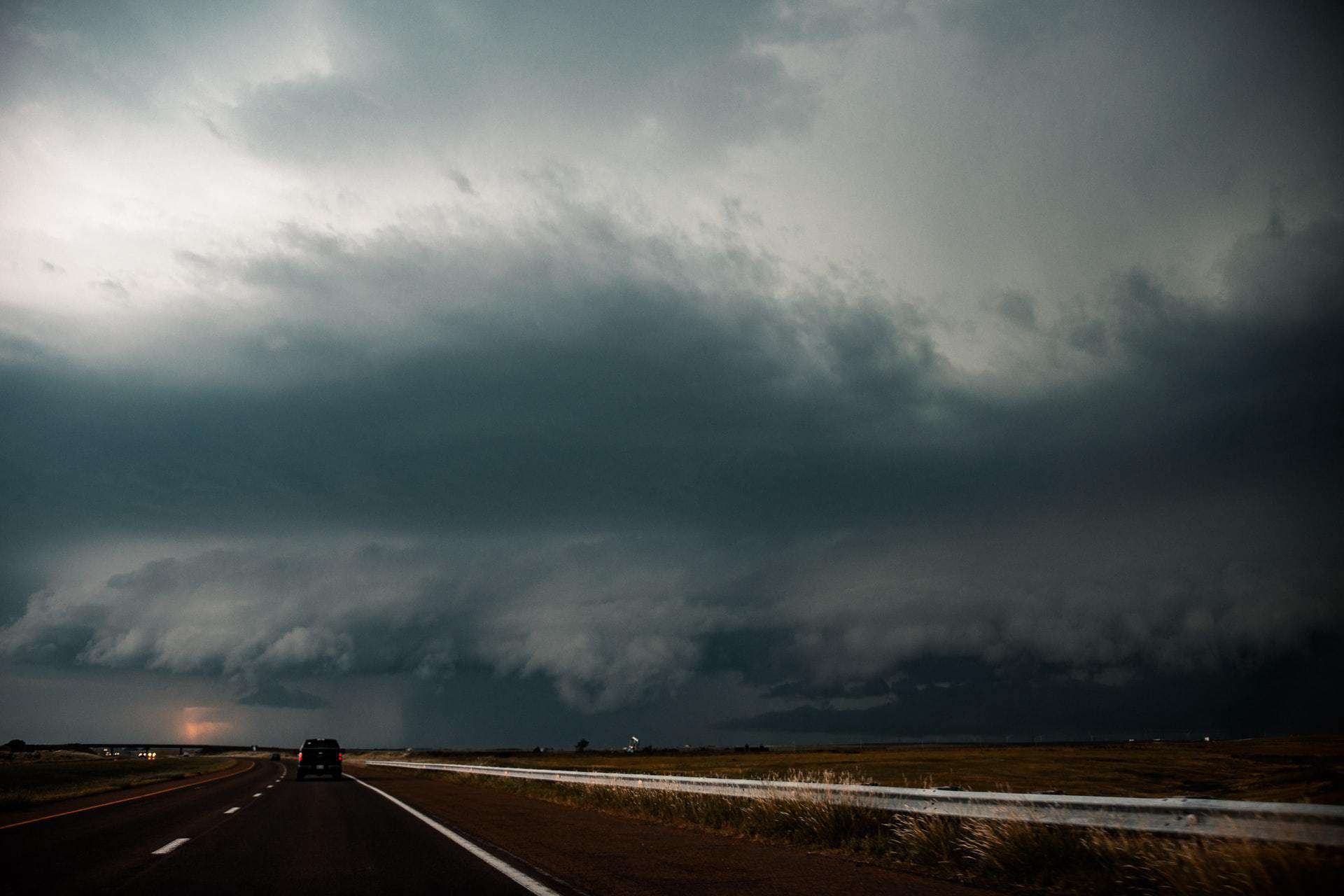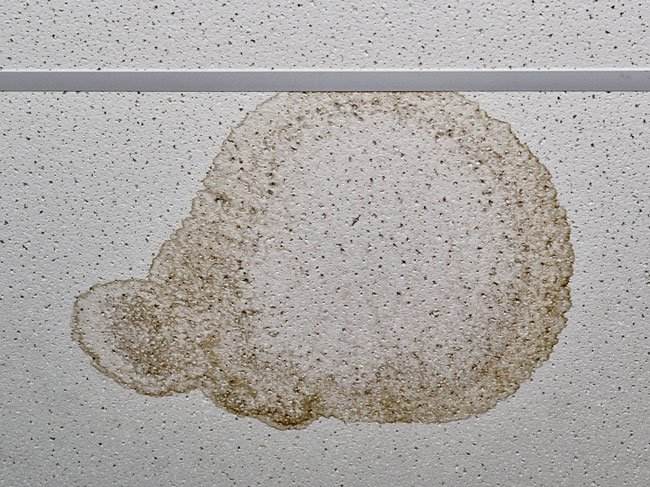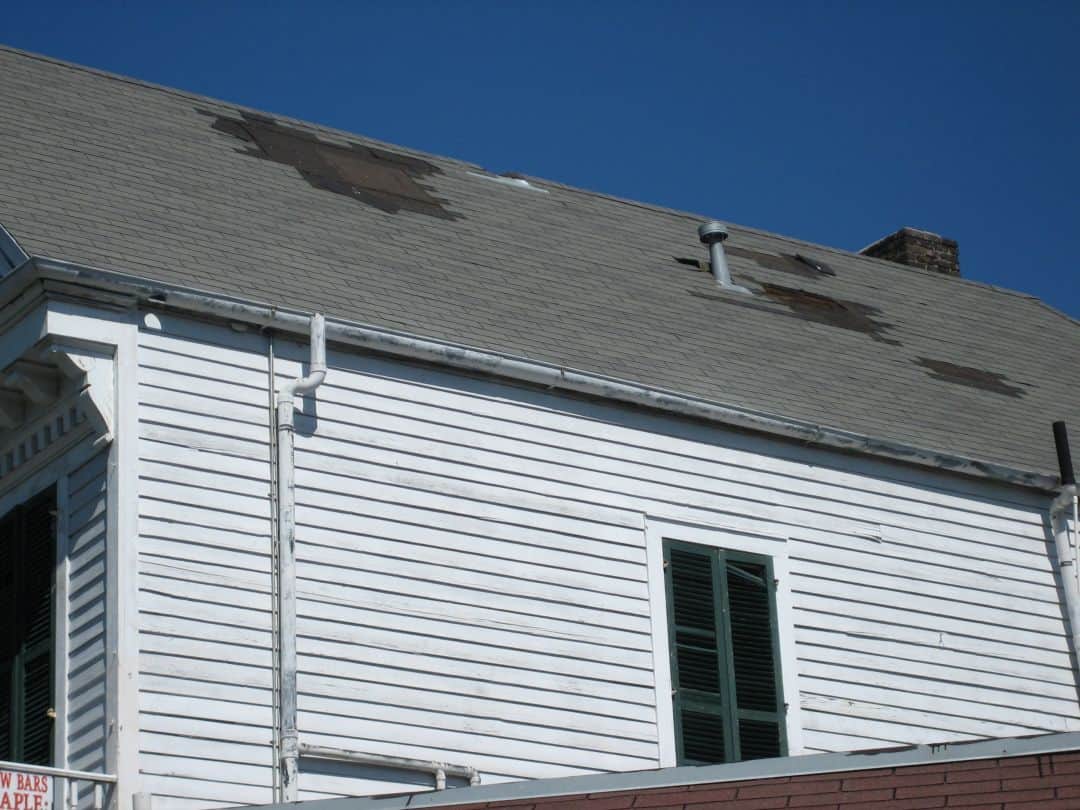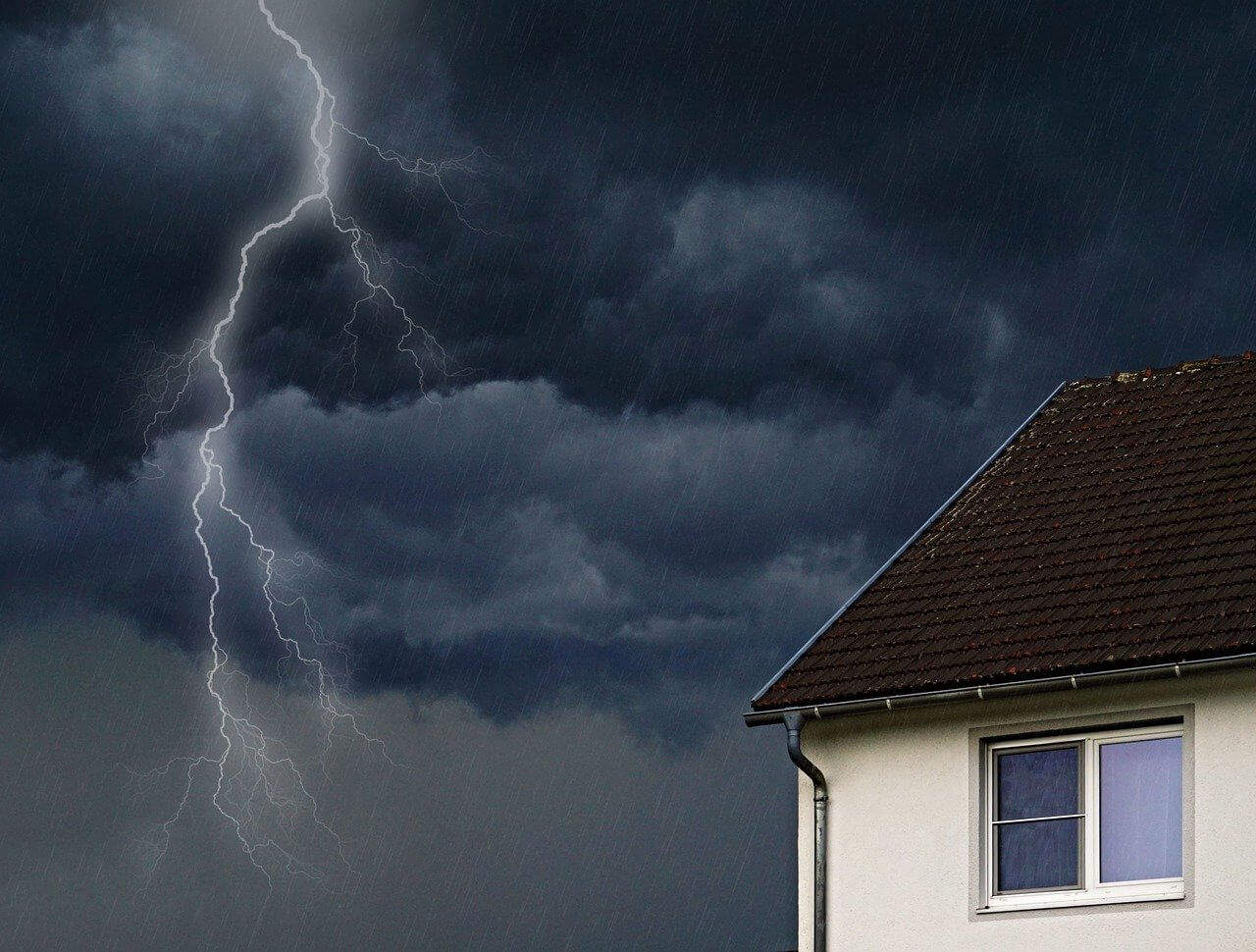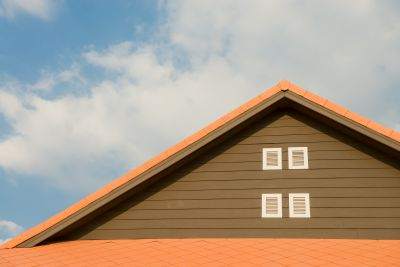Do You Know These Key Signs of Wind Damage?
When it comes to storms damaging your roof, hail tends to get all the attention. There’s good reason for that—hail storms are sudden, dramatic, and can cause widespread property damage in the matter of a few minutes. However, high sustained winds and gusts can also do a number to your roof. But what does wind damage look like on a roof? You may not be as well-versed on the signs of wind damage, but it’s important to know what to look for.
At Dolan Roofing & Construction, our San Antonio team has experience repairing homes from storm damage of all kinds. We’ve seen major windstorms cause just as severe damage as hail, and we think it’s important for homeowners to know what wind damage may look like on their roof. If you spot any of these signs, contact our team to book an inspection and repair right away!
Shingle Damage: Missing or Skewed Shingles
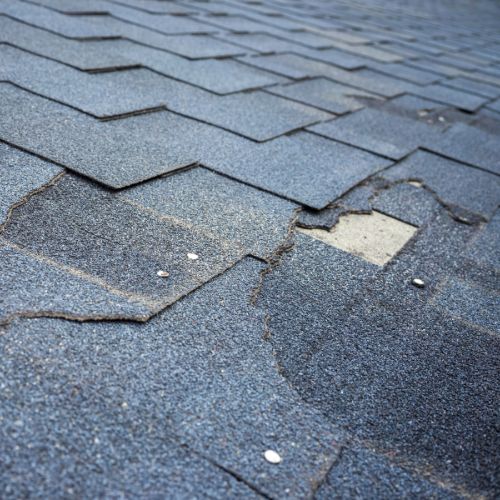
The most direct way wind can damage your roof is by catching hold of shingles and pulling them away from the roof’s surface. Even if they aren’t entirely torn from your roof, loose shingles provide an opportunity for moisture to reach underlying layers of the roof.
Missing shingles should be fairly easy to spot from the ground. If shingles are loose, they flap in the breeze as you look over your home. Loose shingles may also hang crooked, so take a look at your roof and see if you notice any shingles that appear misaligned.
Granule Loss: Dark Lines or Piles of Asphalt Particles

Though less dramatic than shingles being torn away from your roof, granule loss is a common type of wind damage that also leaves your roof vulnerable to the next storm. When granule loss happens, this means high winds have eroded the protective outer layer of your shingles, leaving them more susceptible to damage in the future.
You can diagnose granule loss in a couple of ways. As you look over your roof, keep an eye out for dark lines on your roof that may indicate that asphalt granules have been eroded away. It’s also a good idea to check your gutters, downspouts, and around your roof line for piles of asphalt granules. Excessive granules indicate your roof was damaged by high winds.
Impact Damage: Dents on Roof, Holes in Siding, Debris on Ground
Though dents in your roofing are more commonly associated with hail, wind can just as easily cause this type of damage to your roof. This is because high winds will frequently kick up debris that can then impact your home.
Look for obvious dings and dents on your roof from debris. You should also look at your siding and other portions of your home’s exterior. If you spot dents or punctures in your siding, your roof may be damaged as well. Check for debris such as large branches near your home. If you find any, there’s a good chance they impacted your roof before falling to the ground.
Have Wind Damage? Call Dolan Today!
Wind may not grab the San Antonio headlines like hail, but it can sure do a number on your roof and home exterior. If you’ve noticed signs of wind damage to your roof and home, it’s important to address the issue right away. Even modest damage to your roof provides an opportunity for moisture to penetrate beneath your roof’s surface and cause problems to the underlying structure.
We’ve had a busy storm season, and it’s important to make sure your roof is ready for the next round. Contact Dolan today to book an inspection!

